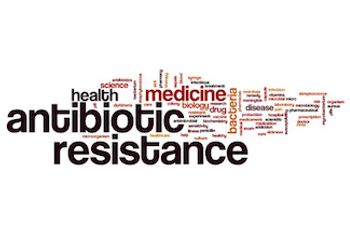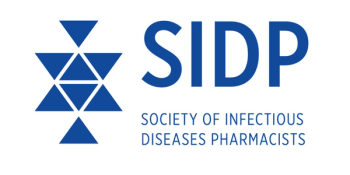
Antimicrobial Stewardship
Latest News

Latest Videos

CME Content
More News

A holistic, multifaceted approach with a variety of stakeholders are needed to address antimicrobial resistance (AMR). The recent UN meeting on this topic looked to bring together government leaders, industry, and public health officials to discuss strategies regarding the global health crisis.

The ideal parameter for vancomycin monitoring is the area under the curve, which can be calculated using pharmacokinetic equations or Bayesian software.

Over the past four years, an investigation across California hospitals has linked ice and water use in clinical settings to potential infections.

The pharmaceutical industry faces challenges when investing in new antibiotics, which emphasizes the need for regulatory reforms, incentives, and collaborative efforts between government, healthcare organizations, and private companies. The prospective bill, the Pasteur Act, is one potential strategy to help in these areas, and incentivize pharmaceutical companies to develop these essential therapies.

Carter Keller discusses the company's recent $135.2 million contract with BARDA to develop recombinant polyclonal antibody therapies targeting botulinum neurotoxins and an unspecified biothreat, highlighting their innovative approach to address emerging health threats.

In the second installment of a 2-part series on this form of guided therapy, the lead investigator describes findings and the potential of biomarkers in antibiotic stewardship.

Stool antigen testing added to fecal immunochemical testing for colorectal cancer screening resulted in higher participation rates, yet showed no significant differences in gastric cancer incidence or mortality.

Jennifer Quinn, head of Global Value & Access, Debiopharm, offers insights on pull incentives and how they look to get more antibiotics to market.

This study revealed a significant decline in MSSA and a corresponding rise MRSA, particularly linked to COVID-19 social isolation measures.

Direct penicillin challenges carry a low risk of adverse reactions for individuals with a history of penicillin allergy, with a reaction frequency of only 3.5%.

A novel test is looking to ascertain this diagnostic information quickly to aid clinicians in making a determination of infections and more efficiently prescribe antimicrobials.

Tina Tan, MD, FAAP, FIDSA, FPIDS underscores the importance of education and global collaboration in antimicrobial stewardship to tackle the escalating threat of AMR, and her takeaways from the UN General Assembly High-Level Meeting on Antimicrobial Resistance.

Initial studies show its effectiveness against various bacteria, including those resistant to standard treatments, and it is being developed in both intravenous and oral forms to improve patient access.

Long-acting lipoglycopeptides (LGPs) like dalbavancin, oritavancin, and telavancin were developed with extended half-lives, initially targeting acute bacterial skin and skin structure infections (ABSSSIs). However, recent studies have explored their potential in treating other infections, including infective endocarditis (IE), bone and joint infections (BJIs), and bloodstream infections (BSIs), offering an alternative to standard care and outpatient antimicrobial therapy.

Initial studies show its effectiveness against various bacteria, including those resistant to standard treatments, and it is being developed in both intravenous and oral forms to improve patient access.

New predictive statistical modeling shows that antimicrobial resistance (AMR) deaths will rise steadily in the coming decades.

Uzma Syed, MD, DO discussed how various factors increase women’s susceptibility to AMR, the importance of policies, and the need for culturally specific education and advocacy to improve health outcomes.

At the World AMR Congress, Yann Ferris discussed how leveraging partnerships enhances the fight against antimicrobial resistance.

Kevin Nguyen, PharmD, offers some insights on some of the challenges in the outpatient setting with regards to stewardship, and novel strategies being utilized.

Mass distribution of azithromycin twice yearly to infants and children did not comply with WHO recommendation but reduced all-cause mortality.

Benjamin Park, MD, offers insights on the federal agency’s role in AMR.

Britton Strickland, MD discusses innovations in microbiome research and their impact on antimicrobial resistance.

Bala Subramanian, PhD, highlights how the novel antibiotic BWC0977, with its dual intravenous and oral formulation, is poised to transform the fight against antimicrobial resistance.

Akhila Kosaraju, MD, addresses overcoming key challenges in antibiotic development using AI, a nonprofit model, and supportive policies.

Amanda Jezek, of the Infectious Diseases Society of America (IDSA), offers some insight on the prospective bill in Congress, as well as other AMR initiatives the organization is involved in.






























































































































































































































































































